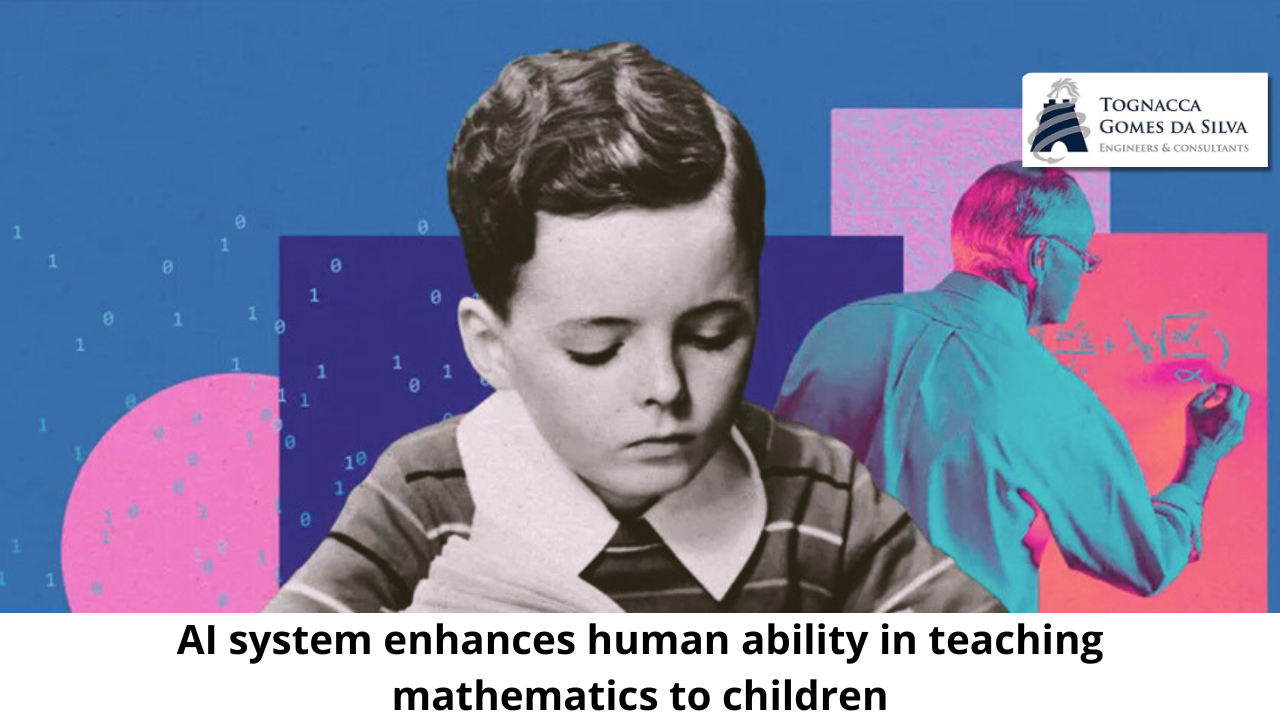The United States faces a major problem of educational inequality. Children from low-income families are less likely to receive a high-quality education, in part because poorer districts have difficulty retaining experienced teachers. Artificial Intelligence can help by improving personalized tutoring services, which are sometimes used to complement classroom teaching in these schools. With the help of an AI tool, tutors can access the knowledge of more experienced teachers during virtual tutoring sessions.
Researchers at Stanford University developed an AI system called Tutor CoPilot based on OpenAI’s GPT-4, integrating it with a platform called FEV Tutor, which connects students to tutors virtually. Tutors and students exchange messages through a chat interface, and a tutor who needs help explaining where and why a student went wrong can press a button to generate Tutor CoPilot suggestions.
The researchers created the model by training GPT-4 on a database of 700 real-world tutoring sessions in which experienced teachers worked one-on-one with first through fifth graders in math classes. During these sessions, they identified student errors and worked with them to correct these errors so that they understood the broader concepts taught. From there, the model generates responses that tutors can customize to help their students online.
“I’m really excited about the future of human-AI collaboration systems,” says Rose Wang, a doctoral candidate at Stanford University who worked on the project, which has been published on arXiv and has not yet undergone peer review. “I believe this technology is a great enabler, but only if it is well designed.”
The tool was not developed to teach mathematics directly to students; instead, it offers tutors guidance on how to encourage students to arrive at the correct answers, promoting deeper learning. For example, she may suggest that the tutor ask how the student arrived at a certain answer or propose questions that indicate an alternative way of solving the problem.
To test its effectiveness, the team analyzed the interactions of 900 tutors who taught math virtually to 1,787 students between the ages of five and 13 from historically disadvantaged communities in the southern United States. Half of the tutors had the option to activate Tutor CoPilot, while the other half did not have access to this tool.
Students whose tutors used Tutor CoPilot had a 4% greater chance of passing the final test — an assessment to verify mastery of a topic — compared to those who were accompanied by tutors without the tool.
Pass rates were 66% and 62%, respectively. The tool works well because it is used to teach relatively basic mathematics, explains Simon Frieder, a machine learning researcher at the University of Oxford who was not involved in the project. “It would not be feasible to conduct a study with more advanced mathematics at this time,” he says.
The team estimates that the tool could improve student learning at a cost of about $20 per tutor per year to the tutoring provider, significantly cheaper than the thousands of dollars typically needed to train educators in person.
It also has the potential to improve the relationship between novice tutors and their students, training them to approach problems in the same way experienced teachers do, says Mina Lee, an assistant professor of computer science at the University of Chicago who was not involved in the project. project.
“This work shows that the tool really works in real environments,” he says. “We want to facilitate human connection, and this really highlights how AI can amplify human interaction.”
As a next step, Wang and his colleagues plan to explore how well novice tutors remember the teaching methods conveyed by Tutor CoPilot. This can help understand the duration of the effects of these AI interventions. They also plan to identify which other school subjects or age groups could benefit from this approach.
“There are many substantial ways to improve the underlying technology,” says Wang. “But we’re not implementing AI technology without prior validation — we want to make sure we’re rigorously evaluating it before releasing it into the real world. For me, the biggest fear is wasting students’ time.”
( fonte: MIT Technology Review )



